When opting for merger or acquisition, the companies should make a list to identify the potential risk areas while finalizing the deal. If the company has a vast network of businesses across Asia where the processes and laws are a bit complex, it is prudential to identify the areas of risk and exposure.
A business has to perform a vital check of Customs, and Trade-focused due diligence as a company cannot afford the actions of :
- a customs investigation that brings a critical manufacturing or distribution entity to a halt or at least a crawl if non-compliance is present;
- disruption to supply chain through greater inspections at the border;
- severe penalties for non-compliance or imprisonment or both;
- possible seizure of the goods;
- possible criminal offense.
The companies should avail Singapore Mergers and Acquisitions advisory services before opting for mergers or acquisition. The tenacity of due-diligence is to identify any potential or existing problems that would prove to be a hurdle with the laws of the customs authorities across borders. This complication can come under the heads of customs laws and regulations, sanctions, export controls or equivalent local legislation, environmental regulations, anti-corruption laws and so on.
From the trade and customs point of view, the term “Caveat Emptor” meaning “buyer beware” undoubtedly apply when the companies are opting for merger and acquisition (M&A), consolidation of companies and Joint Ventures (JV).
A complex web of laws:
Many countries in Asia have a tricky network of rules and regulations. These regulations cover the critical aspects of the relationships between manufacturers, distributors, related suppliers, third-party suppliers, third-party service providers and the consumers. These rules also extend to the movement, manufacture, distribution, and use of products including raw materials and capital equipment.
The authorities of many countries have now progressed towards greater facilitation for movement of goods and people across borders. This facilitation has raised the burden on the importer as they are responsible for the accurate, complete and authorized declarations.
The customs have advanced their investigative methods, and one of the primary processes has been the sharing of information between revenue authorities of a country and a network of customs to customs information sharing.
The customs of many countries source their information from the implementation by direct tax revenue authorities of the Base Erosion and Profit Shifting (BEPS) Action items, which includes Action 13, documentation and reporting requirements. These methods have proven to be indirectly beneficial for customs authorities. The information is quite valuable if the target company submits a full transfer pricing documentation. That would provide transparency to the total supply and value chains of any business and in a Merger or Acquisition.
It is advisable that companies undertake the check of customs and trade due diligence as part of their customary due diligence process.
Areas that would require a check of customs and trade due diligence:
- Third party service providers:
If the target company is devoid of substantial selection, appointing and managing procedures, then the company has to check the Customs brokers, logistics services providers, suppliers, buying and selling agents for potential areas of exposure.
The valuation of products by customs is a critical area of exposure. The company has to ensure that the assessment contains all the inclusive elements. To ensure the precise value, the items to be taken into account are:
- Royalties
- Assists (items/materials provided by the buyer to the manufacturer free of charge or at reduced costs for use in the manufacture of the finished goods)
- Related party transactions.
If the target company is operating under the free trade agreement, then it is important to check whether the regional value rules or classification rules have been applied and if the products churn its main profit from the local content, that may be acceptable in a future customs audit. The company can lose its preference, and the goods would be subject to the usual tariff duty rates.
Harmonised System (HS) classification of a product governs its import or export duty rate, the requirement of license or permit or any other restrictions, or if it is prohibited. Hence, correct classification is vital.
- Movement of raw materials within the country:
If a target company has more than one manufacturing plants in a country or any unrelated contract manufacturers in that country, they will require the movement of semi-finished components or product between the plants. If these plants are within Free Trade Zones, then there are regulations in most countries present to govern that movement which includes obtaining of prior approval.
- Incentives and investment approvals:
It is diligent to check whether the target company has the prior investment approvals or is it eligible for any tax incentives of capital equipment and plant, duty and VAT/GST/S. Tax relief incentives. In case of eligibility, it is also wise to check whether they are still eligible.
Are any of the target company’s goods or materials subject to anti-dumping duties? These duties can exceed 30 percent, and can and are often ignored at the time of import.
The retention of documents for customs purposes is typically three to five years, and it is essential to ensure that the target company complies with its requirements. As a buyer, the lack of credentials can lead to potential penalties from customs. It also puts the buyer at a disadvantage in case of a customs audit covering that period. The acquirer will not have records to use in their defense of any potential offense.
Some countries may allow the target company to carry on certain activities in spite of the processes of law. They might have a timid approval form the local office to carry on such practices. The acquiring company has to apprise itself of these methods as they pose a potential risk if the practices are stopped.
It is crucial for business to avail Singapore Mergers and Acquisitions advisory services for completing due diligence checks before commencing on mergers and acquisitions. The inspections of customs and trade due diligence should also be carried out as the customs have the power to detain without arrest for periods up to 30 days in some countries and every country has its own period of evaluation ranging from three to 10 years of past transactions.
It is judicious that the company ensures a minimum five year indemnification period that covers all the fines and penalties.














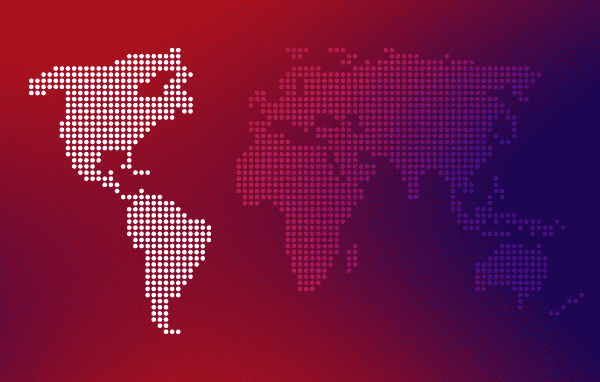
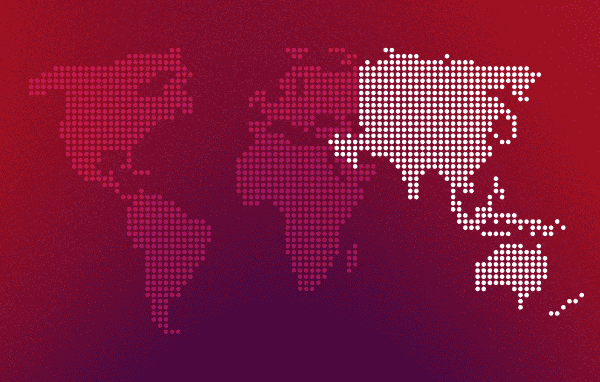
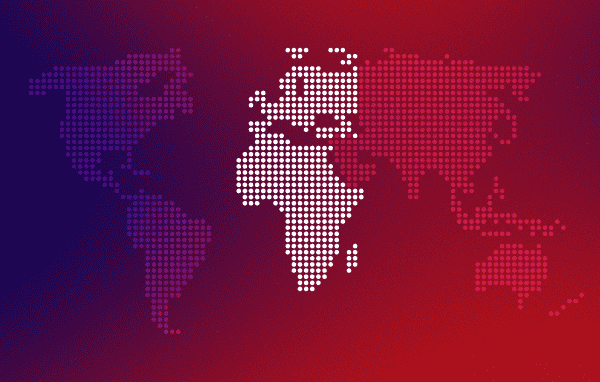
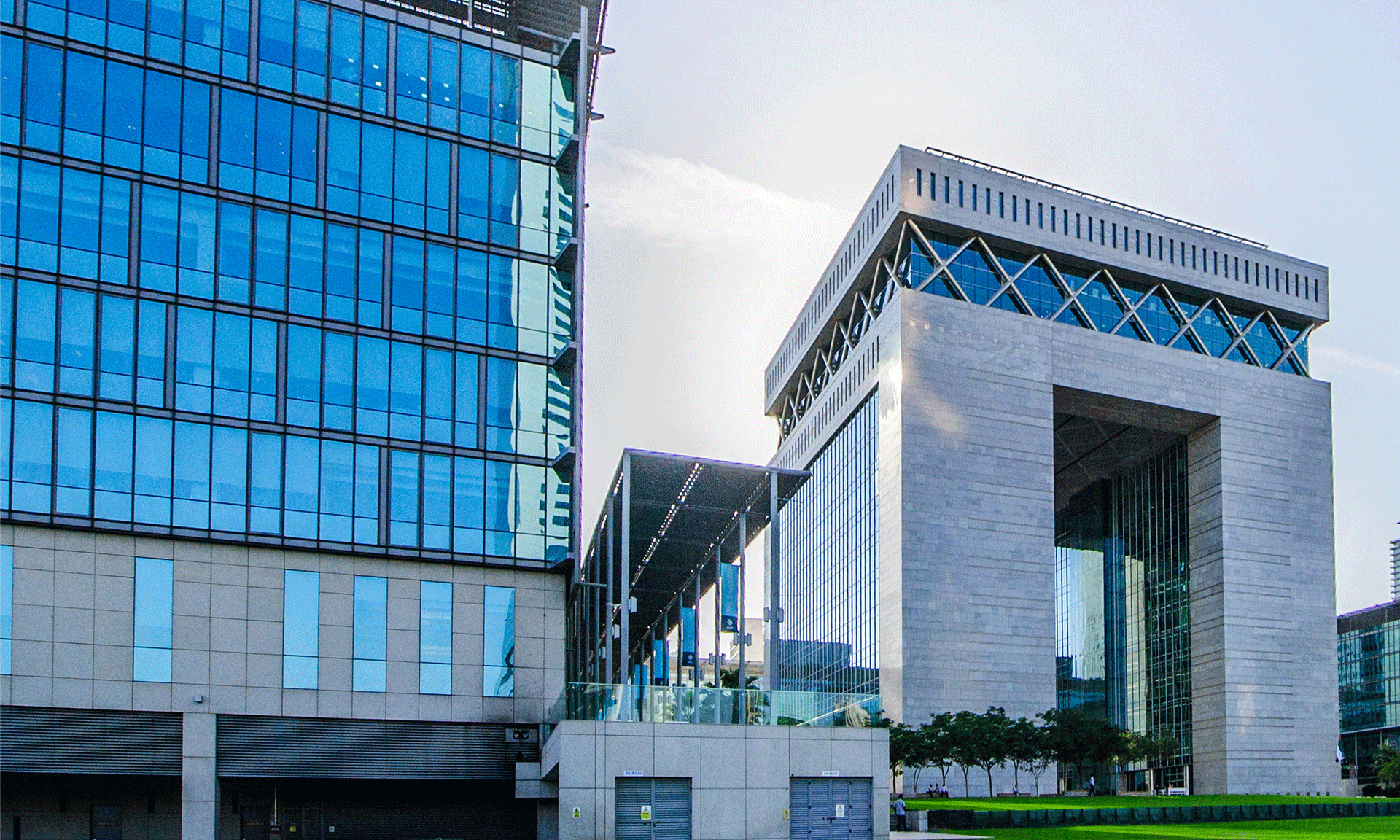

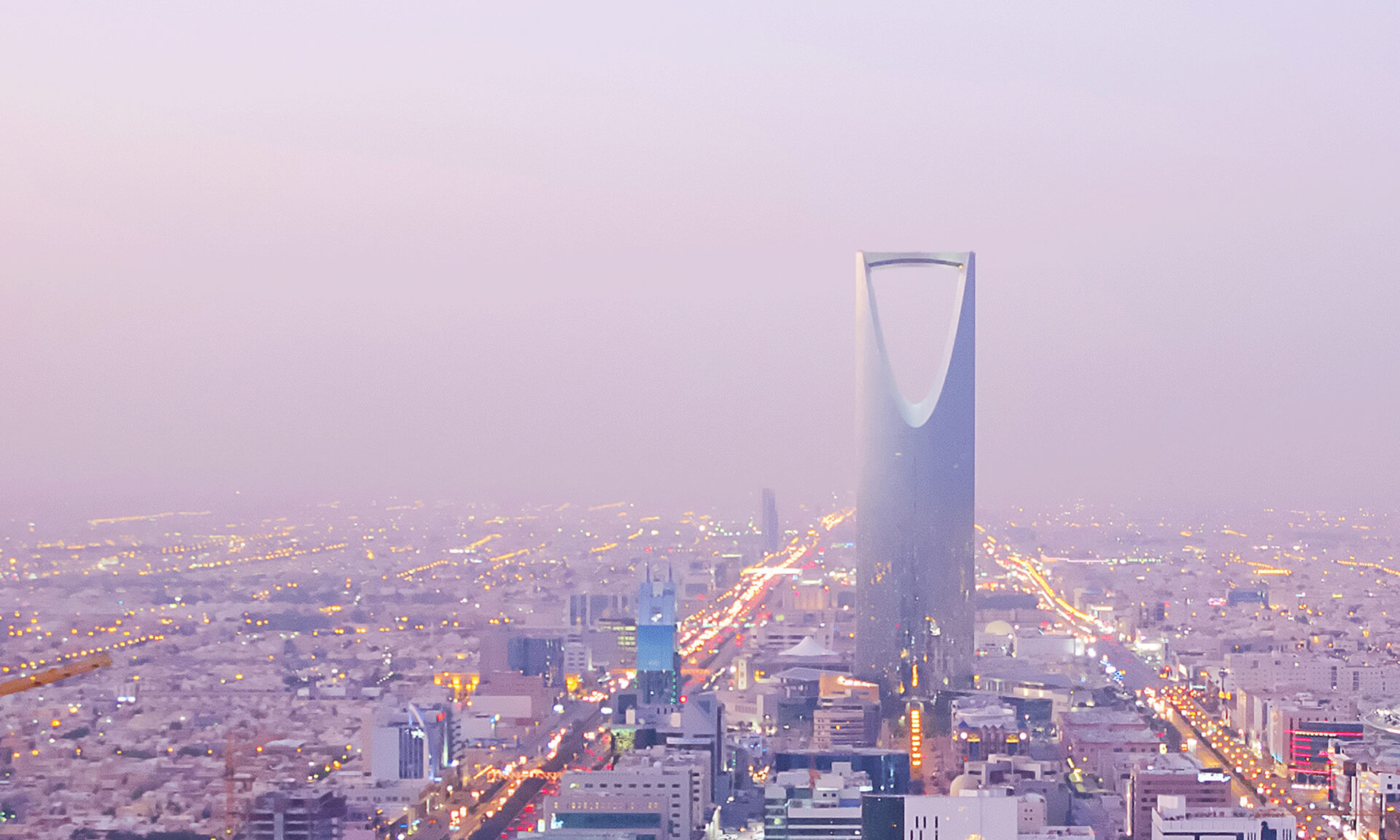
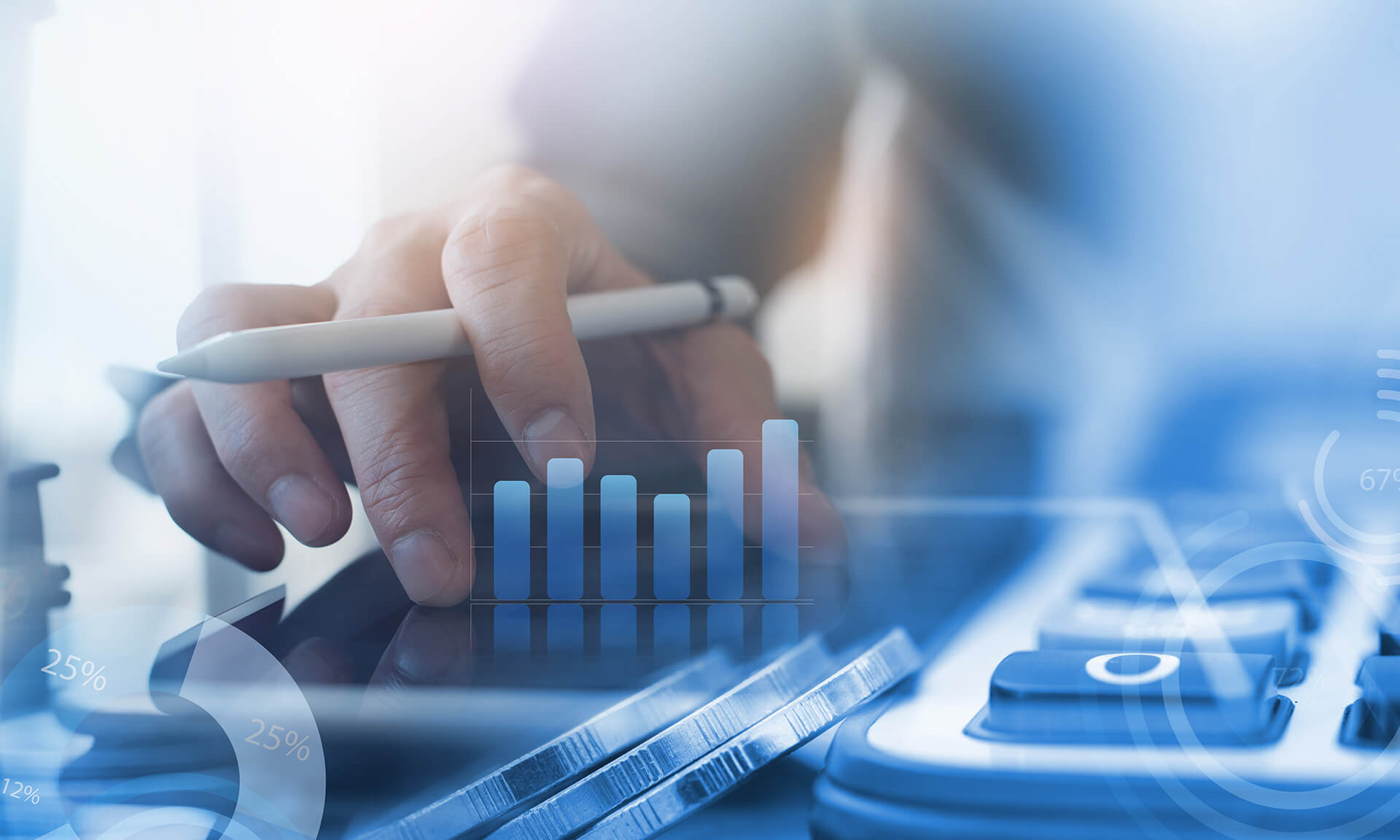
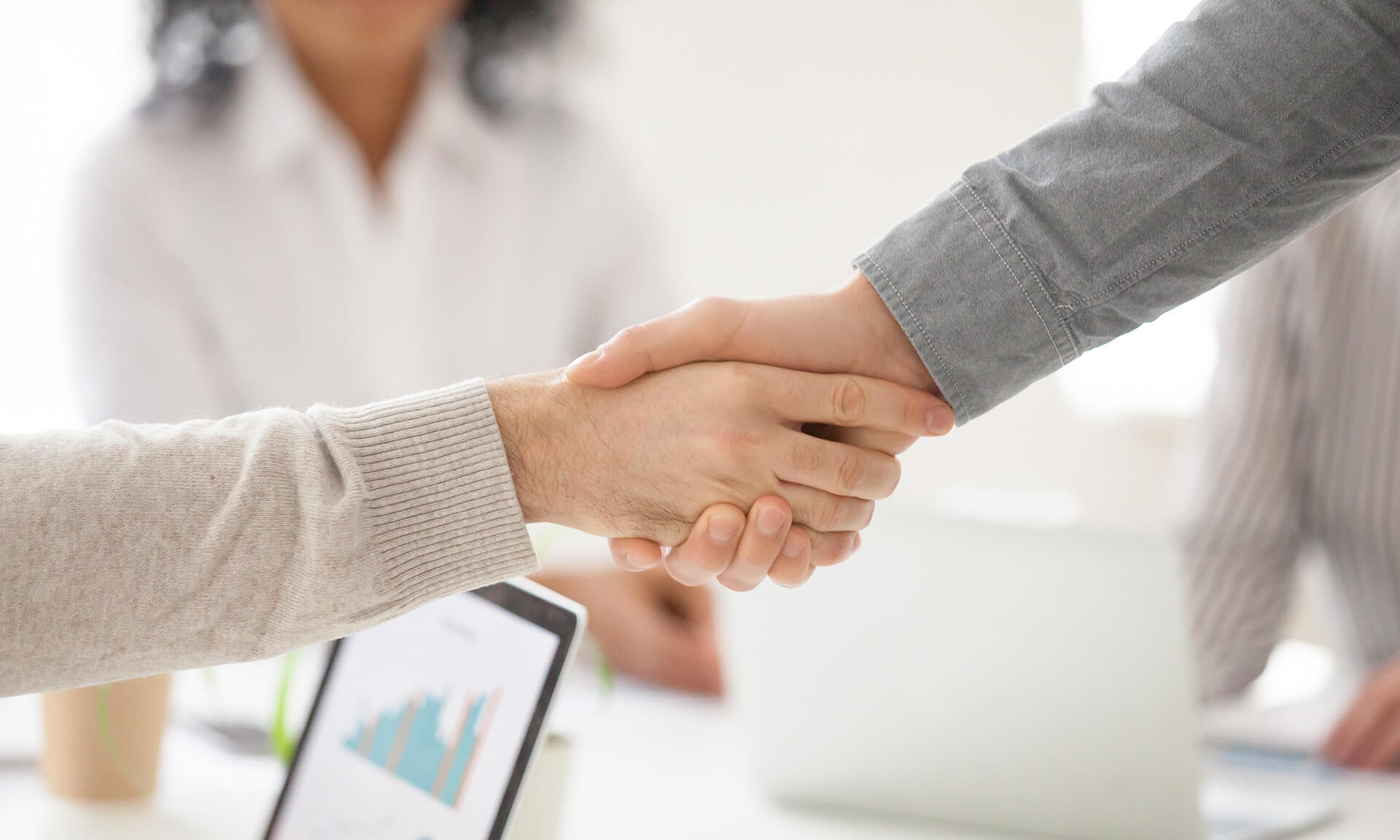

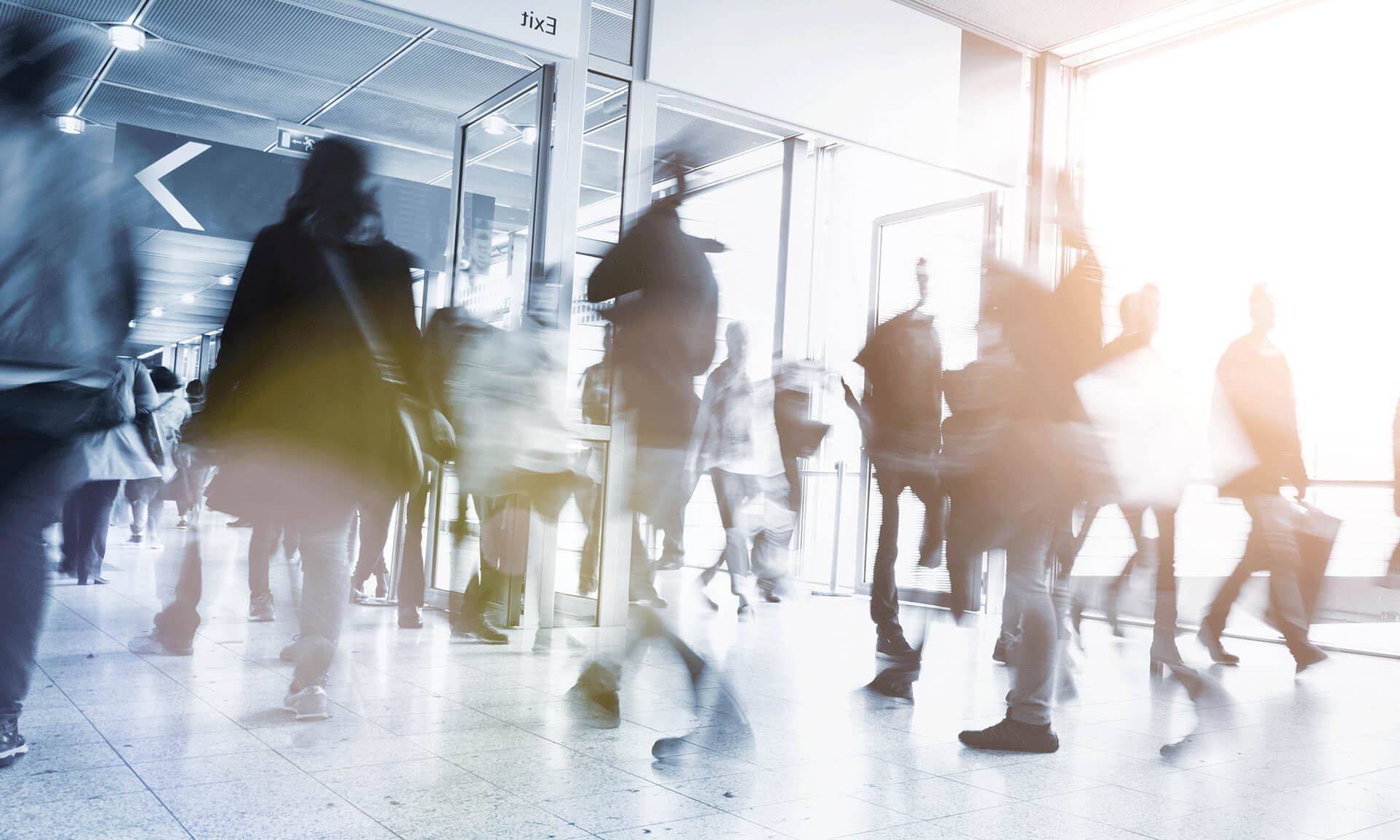


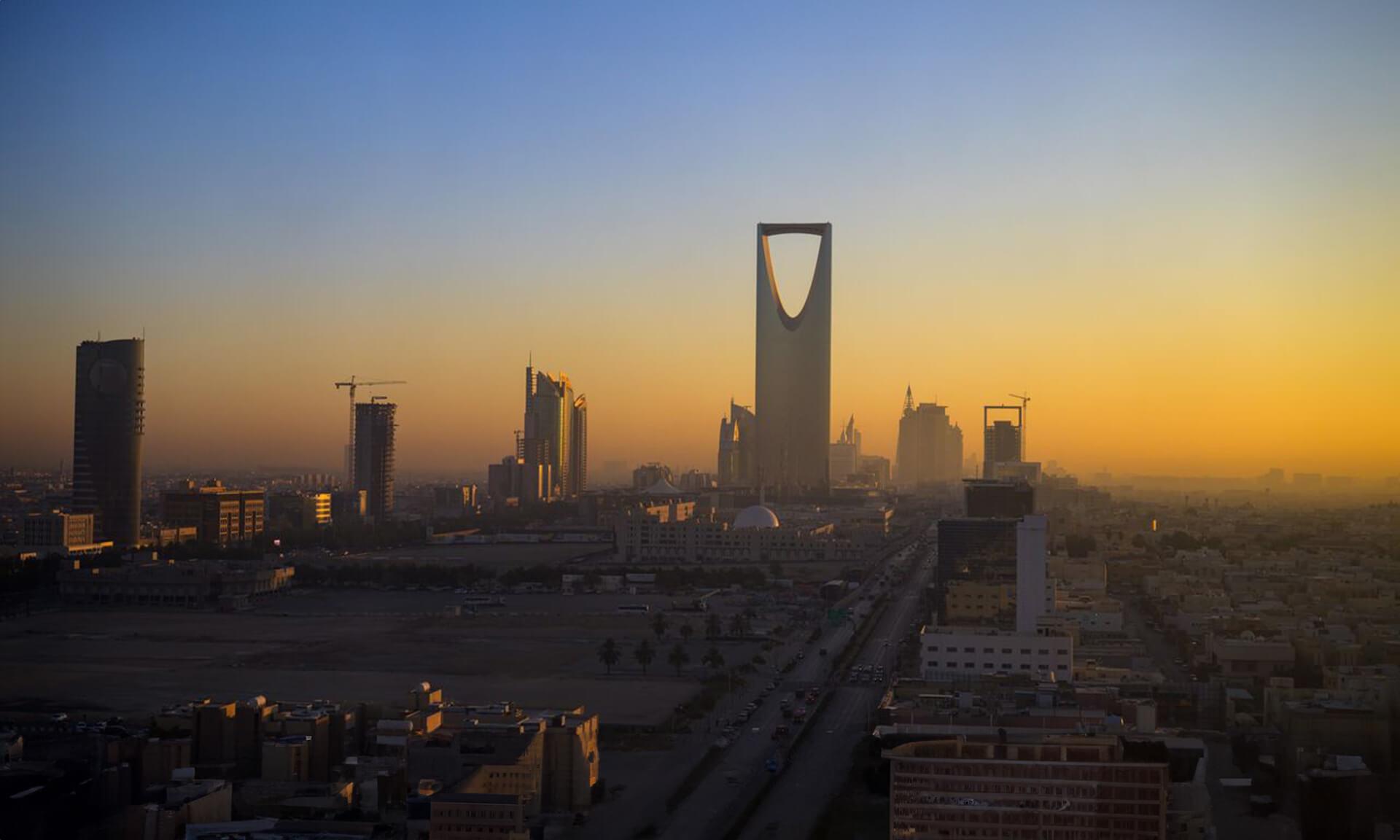



 IMC Group
IMC Group